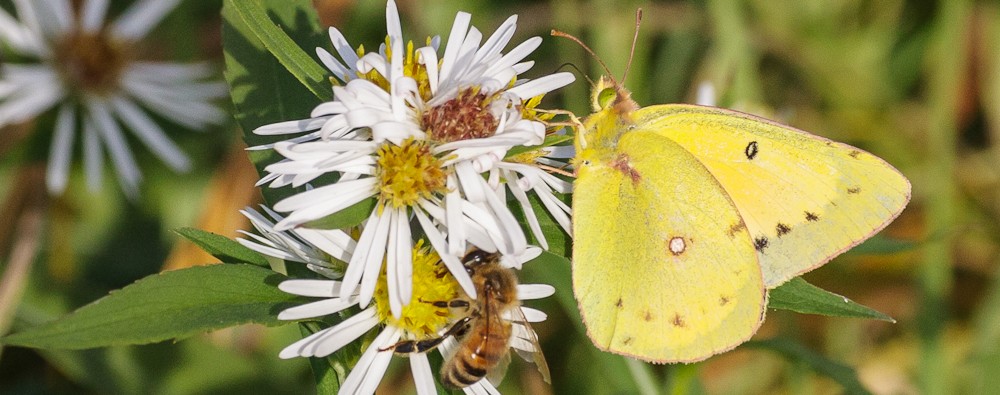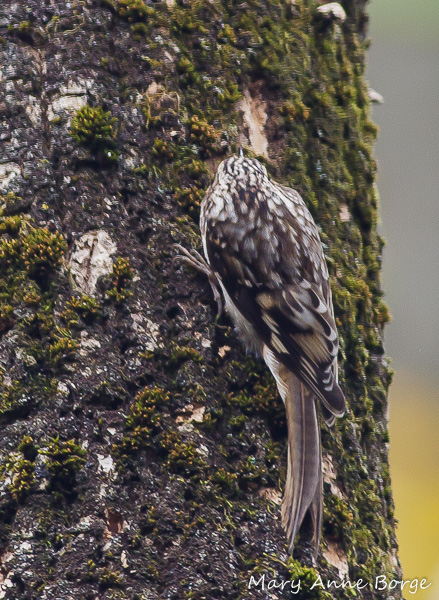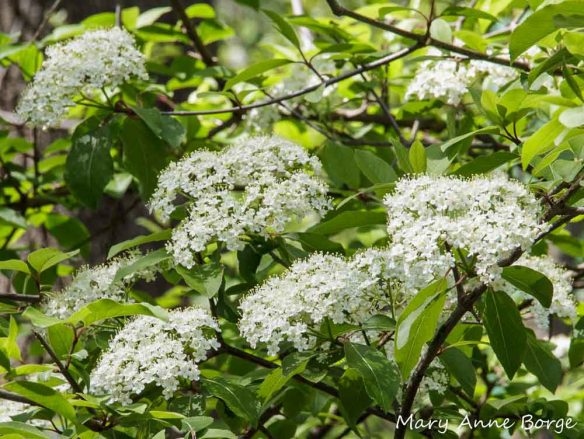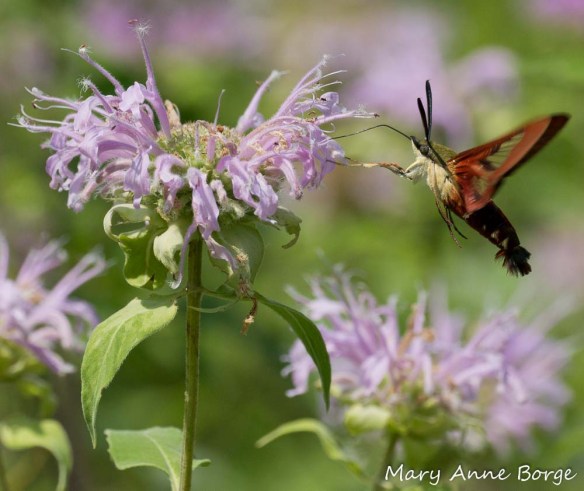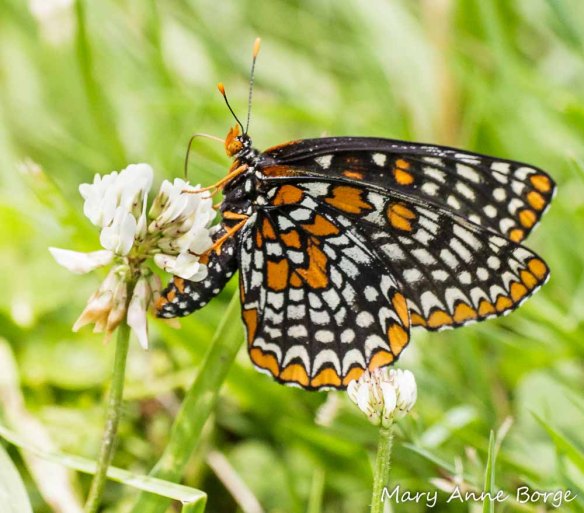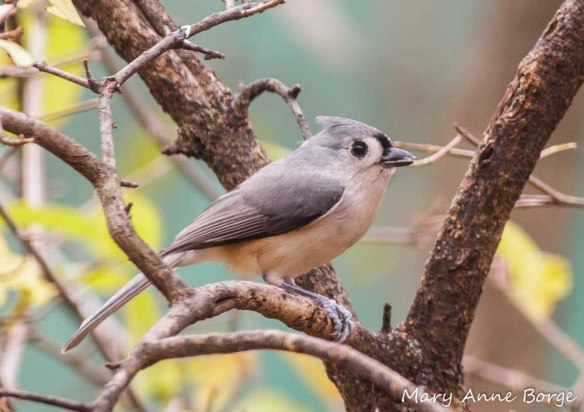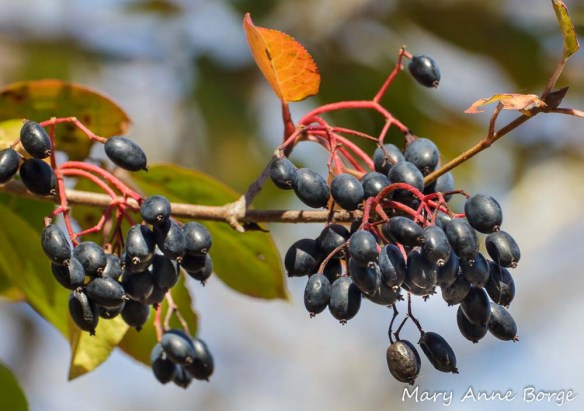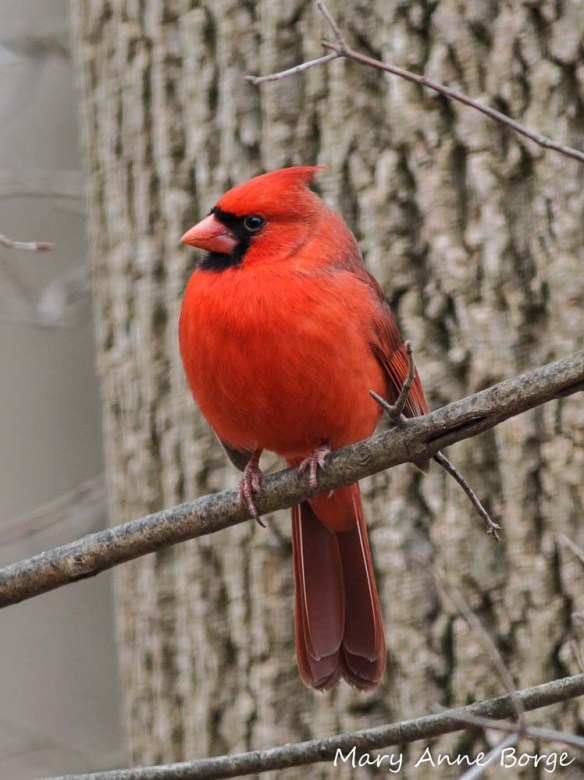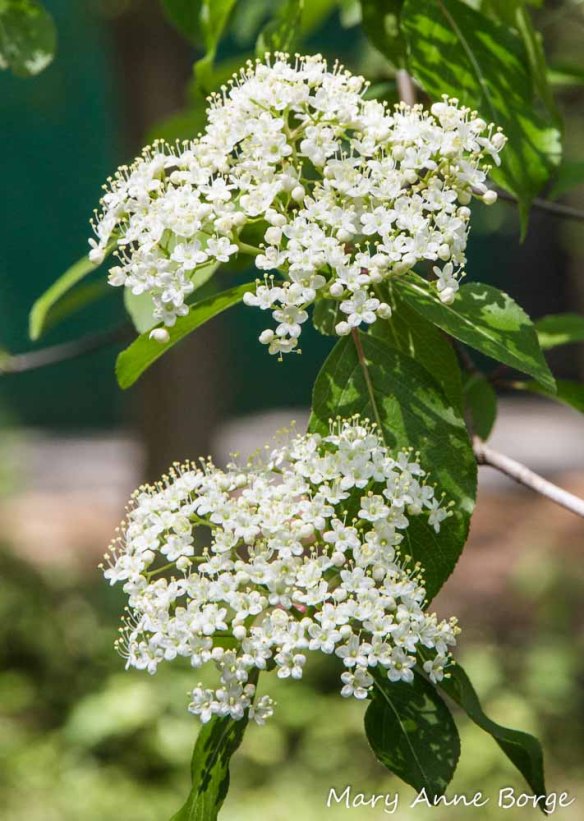I have my desk facing the windows of our home office so that I can be easily distracted, and sometimes this strategy really pays off. For the last several days, I’ve had a hard time tearing myself away from my windows because of the steady stream of birds that are visiting to eat the ripe Flowering Dogwood (Cornus florida) and Blackhaw Viburnum (Viburnum prunifolium) fruit from the trees outside.

Both Flowering Dogwood and Blackhaw Viburnum have fruit that looks like a berry but is actually a drupe, a type of fruit that has a fleshy outside, and a single seed inside encased in a stony covering. A peach is an example of a drupe. The fleshy outside is perfect for tempting a bird or small mammal to eat it. The seed goes through the animal’s digestive tract and is later ‘dispersed’ complete with fertilizer to help give a new plant a good start.
The birds went for the Dogwood fruit first. This seems appropriate, since Flowering Dogwood blooms a few days earlier than Blackhaw Viburnum. A flock of American Robins swooped in to eat, with each Dogwood hosting three, four, five, or more birds at once, bobbing in and out of sight as the branches swayed up and down from the activity.
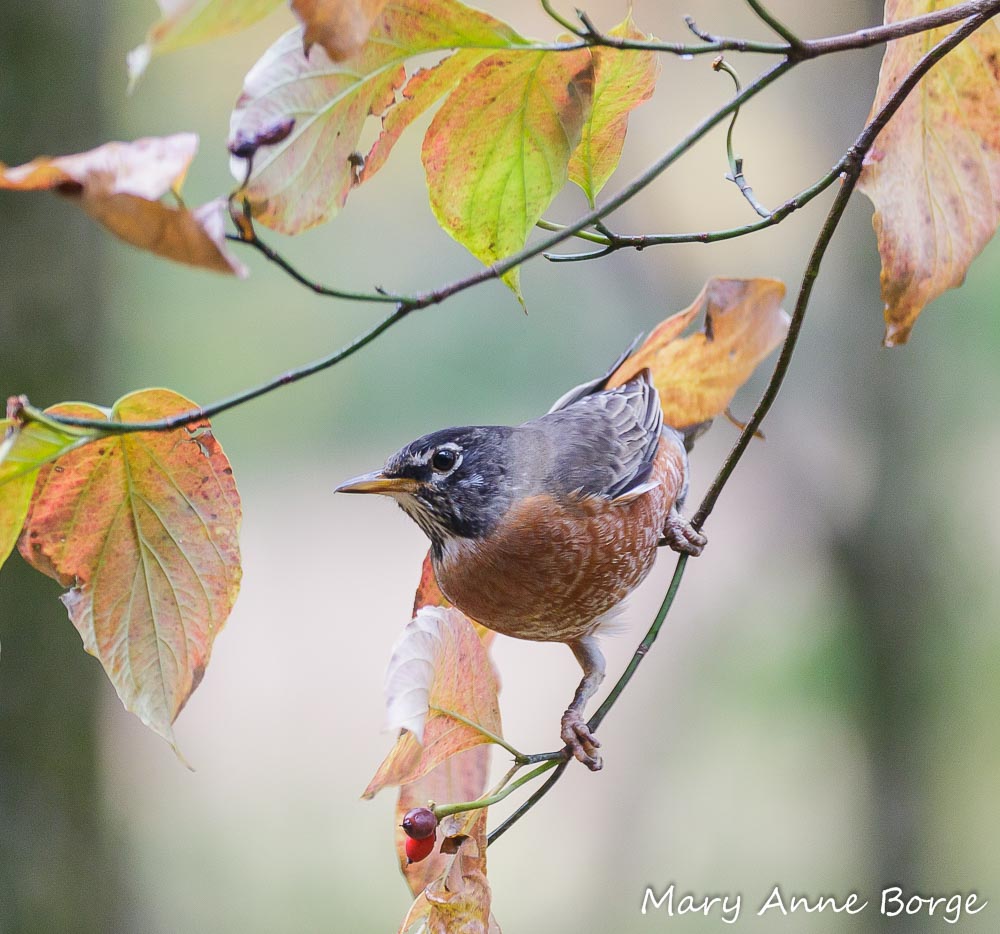

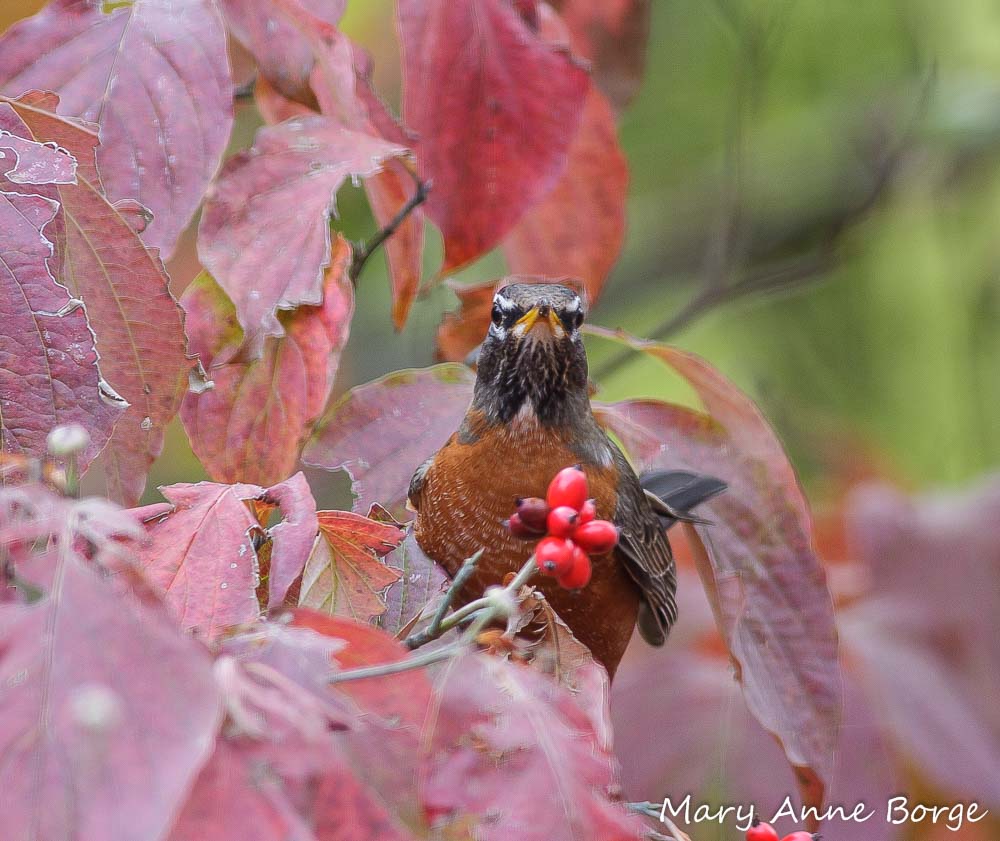
Several Northern Flickers alighted in the trees, staying a while to join in the feast.
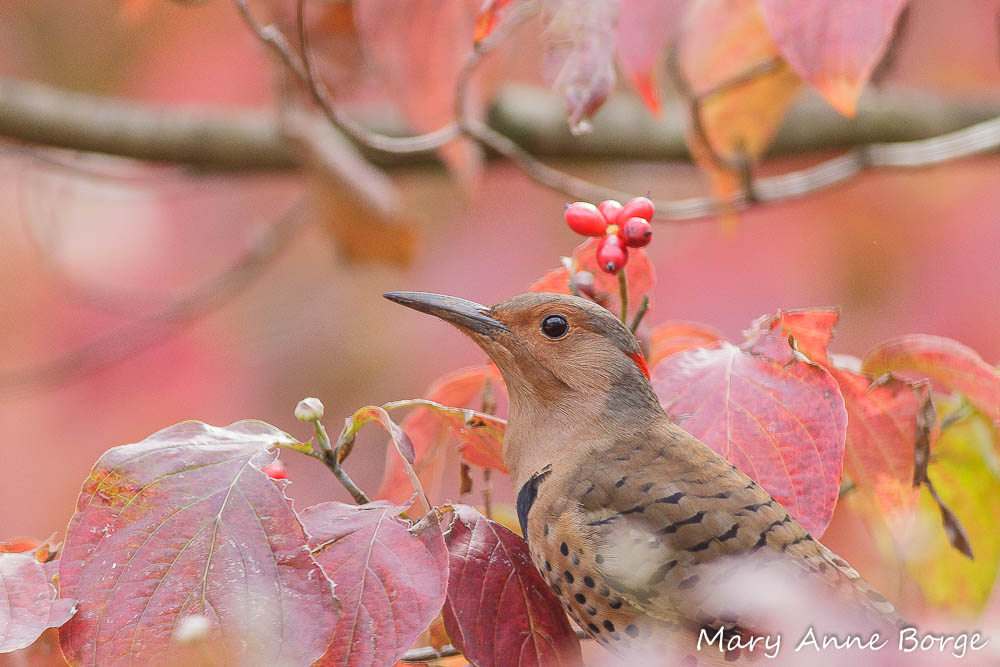

Other more cautious birds made a swift pass to grab a bite, then flew on to enjoy it in a less congested location. At least three Hermit Thrush stopped by,

a few Red-bellied Woodpeckers,

and even Yellow-bellied Sapsuckers supplemented their diet with fruit in between their usually forays drilling holes in tree bark for the sap that will ooze out, and for the insects that are attracted to the sap.
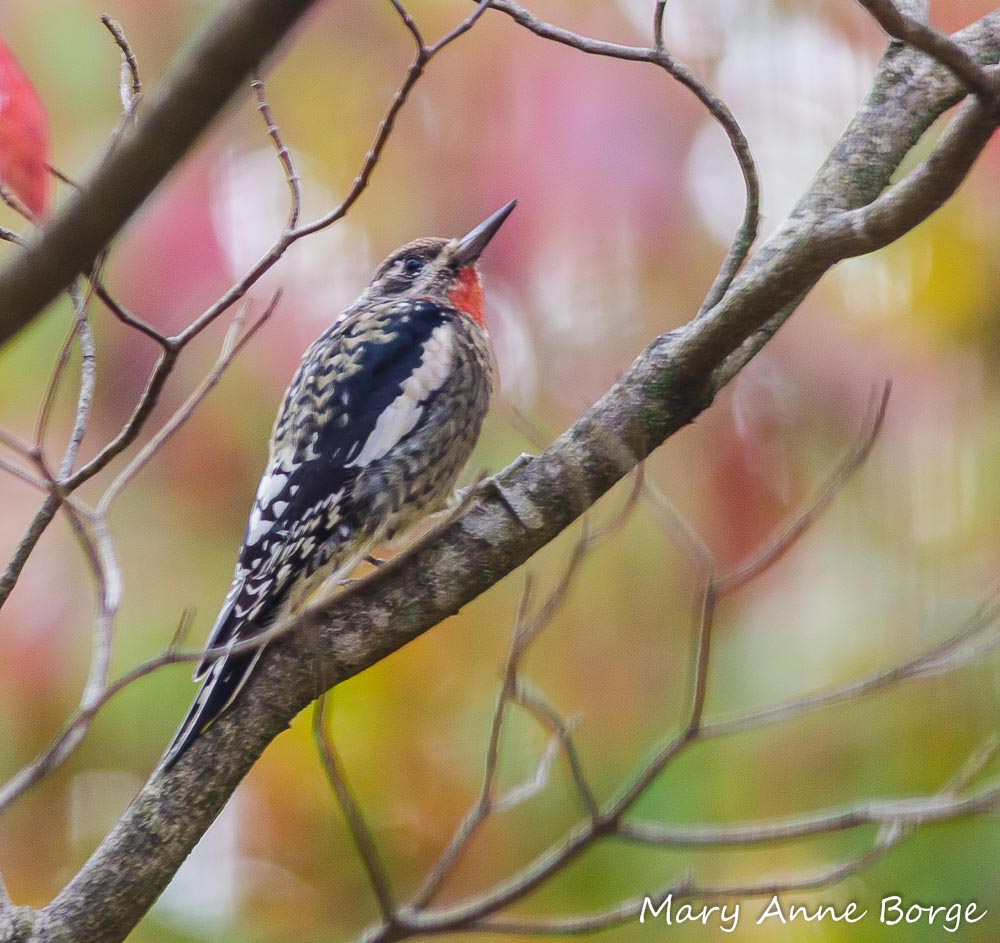
Outside, I hear other birds and see them ignoring this bounty of fruit, relying on different food sources. Brown Creepers and White-breast Nuthatches are active in trees nearby, probing the trunks for insects sheltering in the bark grooves. Brown Creepers start from the bottom of a tree trunk and work their way to the top,
while the Nuthatches move in the opposite direction.
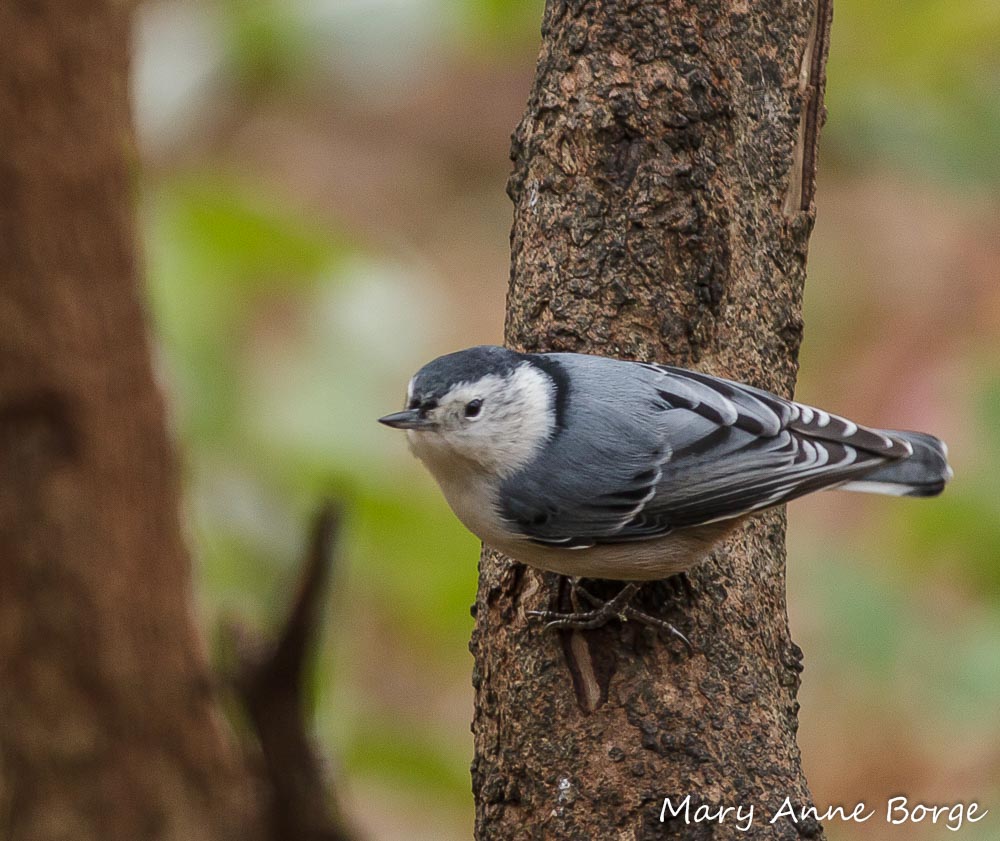
Dark-eyed Juncos and White-throated Sparrows recently returned for the winter. They’re busy probing the bushes and fallen leaves for insects, seeds and fruit.
While I watched, a Red-tailed Hawk swooped in, scattering the smaller birds, but only briefly deterring them from their foraging. The Red-tail perched nearby for a few minutes, silhouetted against the sky, then left with empty claws.

The Dogwood fruit is just about all eaten now, but the birds are still working on the Blackhaw Viburnum.

Robins are consuming most of the Blackhaw fruit, but the Sapsuckers fly in to supplement their diet, too. Squirrels are also taking advantage of this feast.

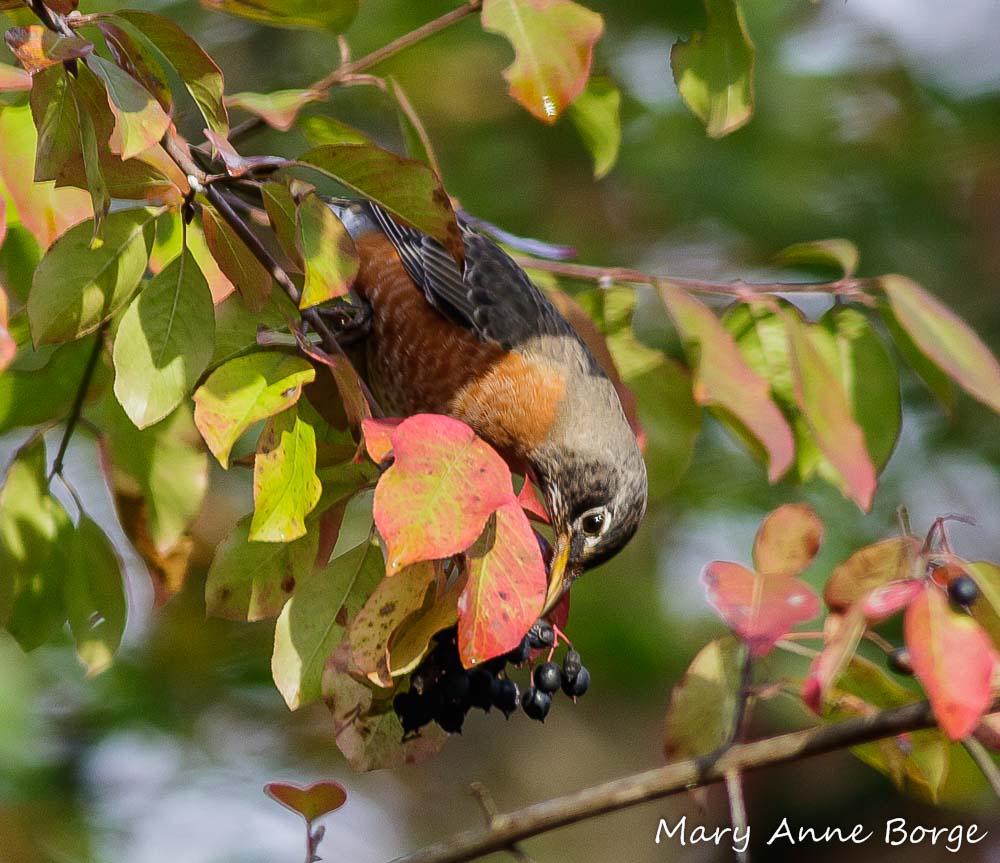
The flower buds that are visible at the same time these plants are offering their ripe fruit promise that the show will continue next year. I just hope that when these plants bloom next spring the bees, flies, butterflies and other flower visitors are as successful as they were this year in pollinating the flowers.
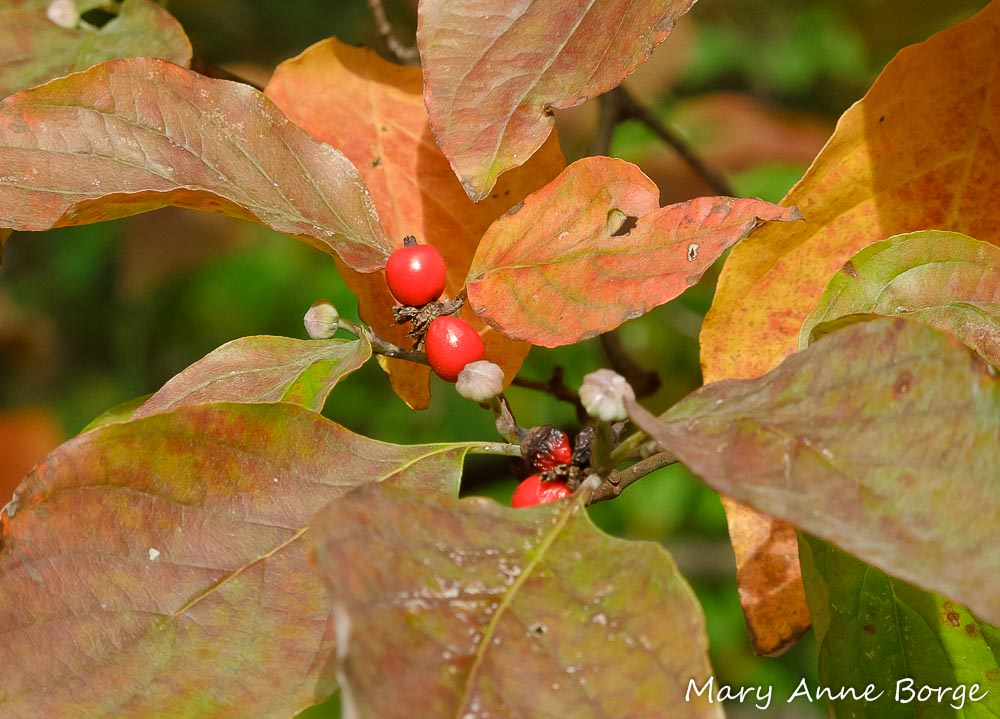
So much action, and I live in a townhouse development in central New Jersey! Who needs to travel hundreds of miles to see the wonders of nature, when they can be present in your own backyard? Just provide the native plants that the animals we live with depend on. We humans depend on these plants and animals, too.

Related Posts
